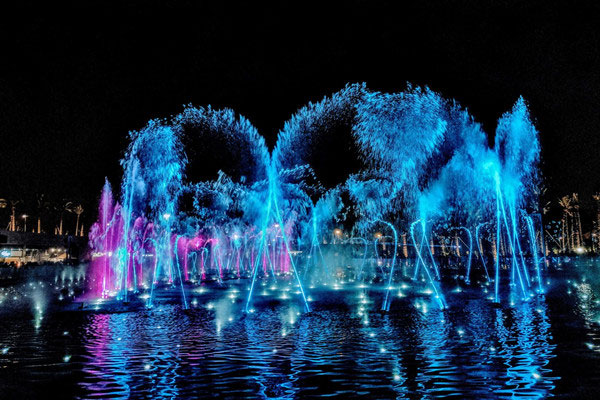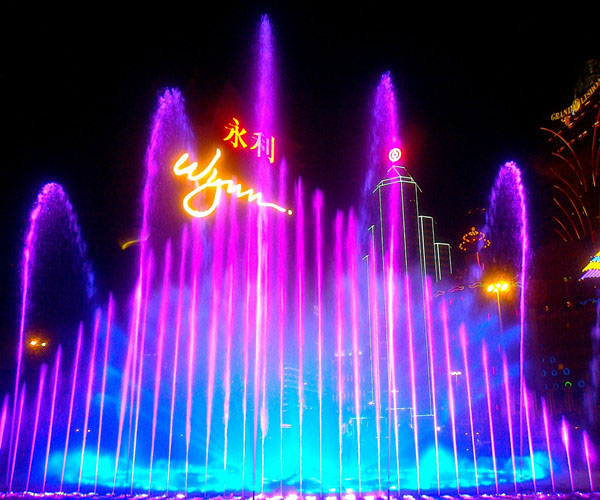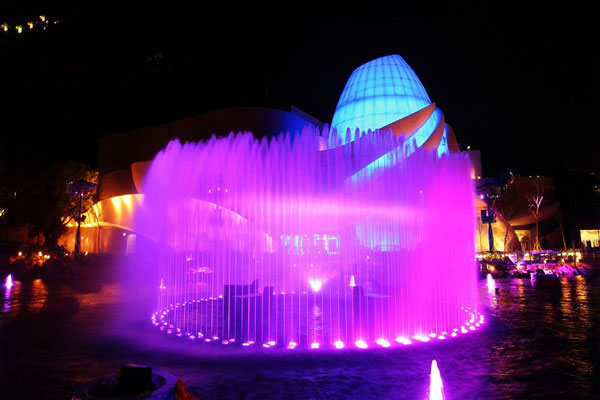11 Jul 2019
Most dry musical fountains are installations that belong to the civil-work field. They usually are public projects , especially squares, parks and gardens. This means that dry musical fountains must meet a series of basic requirements to achieve a proper interaction between them and the pedestrians. They would be the following:

Perimeter gutters must be installed in order to collect the fountain’s water and prevent outer water from entering the dry fountain’s area. The gutters must be covered by a metal grid – it can be made of cast iron, stainless steel, galvanized steel or any other corrosion-resistant material. When gutters mostly collect water from the fountain, it is usual that they dewater in the installation’s pits, canals or underground pool. In this case, it is advisable to include a filtering mesh to prevent outer dirt from making contact with the fountain’s water. Gutters that collect outer water (rainwater, irrigation water, cleaning water, etc.) usually dewater directly into the rainwater network and do not need to mount a filtering mesh.

It is important that the removable slab pavement bears a rough finish or a non-slip treatment in order to prevent accidents. It is also advisable that the grids and plates are equipped with proper tamper-proof fixation systems.
The fountain’s wet areas (that is, the ones containing water: pits, canals, pools and compensation deposits) must be properly waterproofed with the most adequate system or product. Among others, we can choose chlorinated-rubber paints, sheets (PVC or asphalt), etc. The sheets have one disadvantage: they are likely to be torn or pierced if make contact with some of the fountain’s elements (pumps, supporting plates, etc.).

Keywords: musical fountain
Originally published 11 Jul 2019, updated 11 Jul 2019.